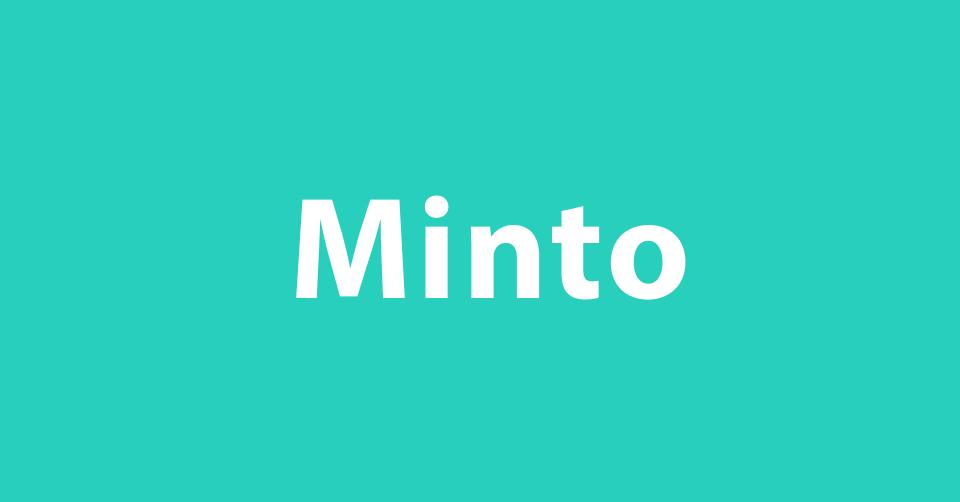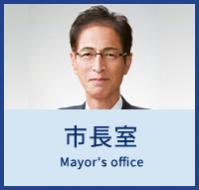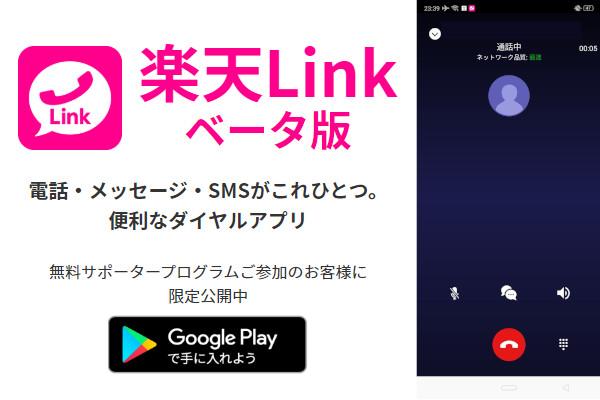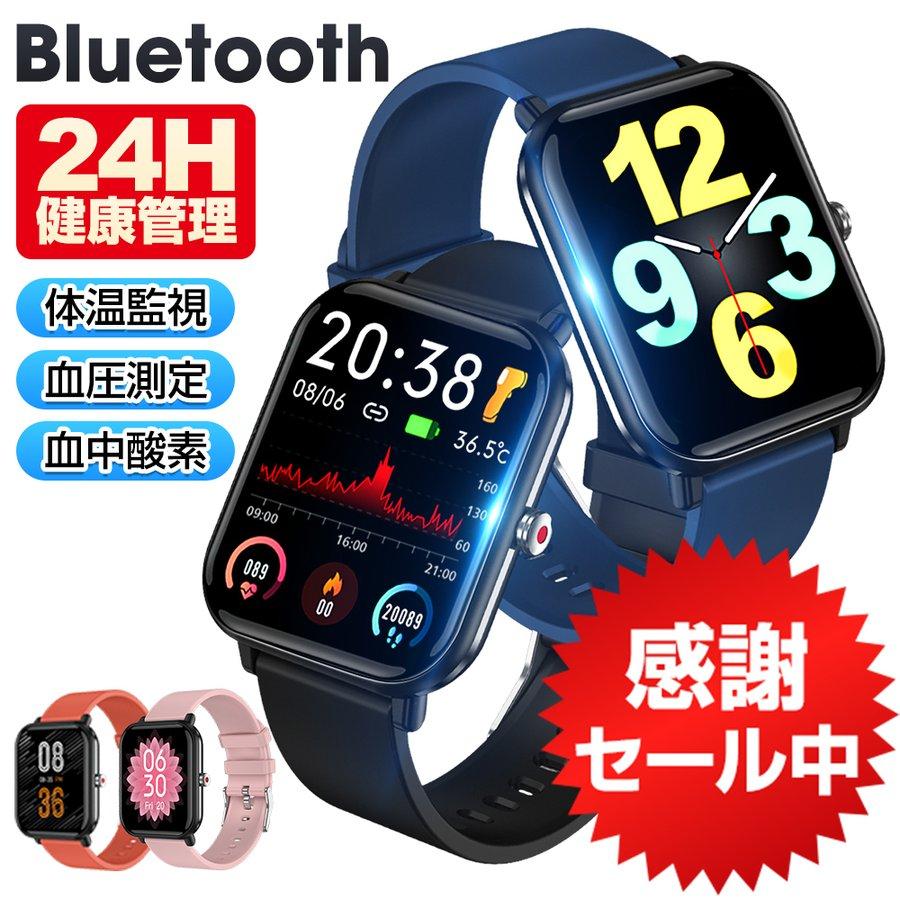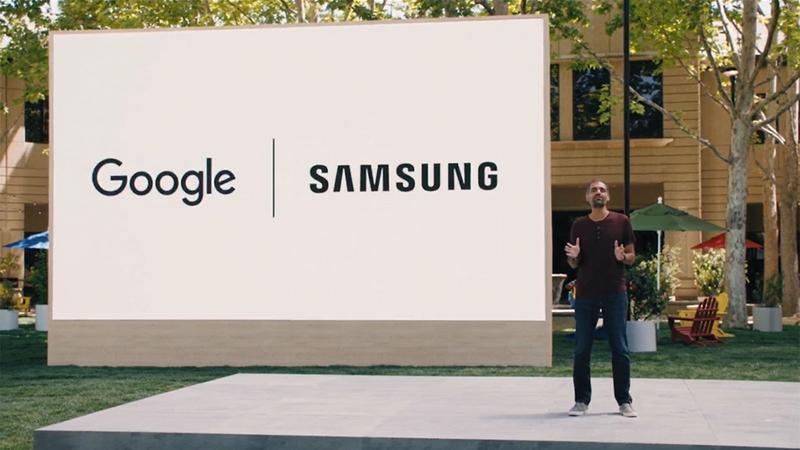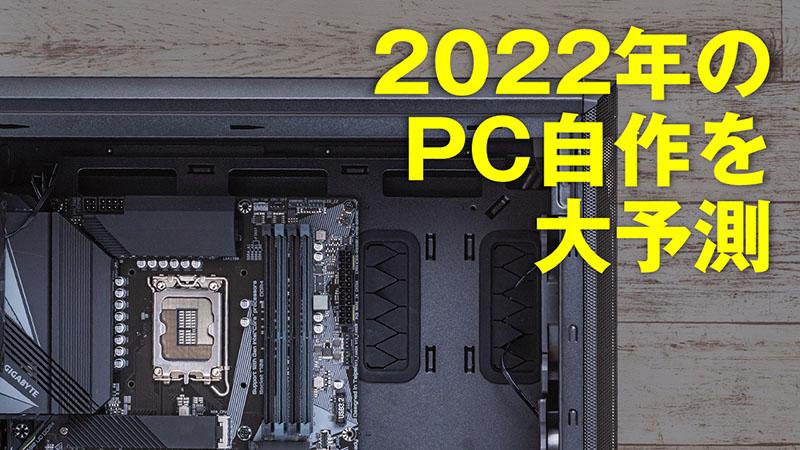Real & virtual hybrid held MWC industry event at a turning point
MWC (former Mobile World Congress), which used to be the venue for the announcement of the latest smartphones, was moved to the last week of June this year. Although it became a hybrid format of real and virtual, big names such as Samsung and Ericsson did not make large-scale announcements in line with the event, and ended without a decisive topic. It looks like the organizers have a heavy homework to do.
Mr. Elon Musk appealing Starlink promoted by SpaceX at MWC
It was held in real life, but how many people were there?
This year's MWC Barcelona 2021 was held in Barcelona, Spain from June 28th to July 1st. It is held at the end of February every year, but of course it was June because of the new corona. It was set in September last year on the assumption that vaccination would progress and calm down in the middle of this year. Last year's MWC was canceled a few weeks before the start, so it will be the first time in a year and a half.
In May, the GSMA, the organizer, once again declared that it would be held in real life as well. And the Spanish government's measures for people coming to MWC from outside the EU (no vaccination certificate is required, no isolation or pre-PCR test) was announced as a set.
By the way, how many people came?
According to MWC's announcement, there were more than 20,000 visitors in real life, and about 100,000 unique viewers on MWC and partner platforms every day. As of May, the GSMA said it expected 30,000 to 50,000 visitors.
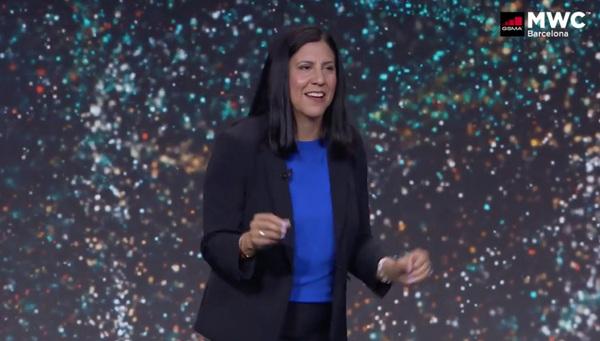
Samsung virtual announcement of "One UI Watch" to be installed in the next Galaxy Watch
In addition to US companies such as Cisco, European companies such as Ericsson, Nokia, Deutsche Telekom, and Vodafone also refrained from exhibiting . There are no Chinese big names such as Huawei and Xiaomi. Instead, many are holding their own events before and after MWC.
Amidst all this, Samsung held a virtual recital and announced "One UI Watch", the UI of the smartwatch. The company announced plans in May to integrate its Tizen efforts into Google's Wear OS. At MWC, it was announced that the One UI Watch, which runs on an integrated platform, will be adopted by the next Galaxy Watch. The new Galaxy Watch is scheduled to be announced at Unpacked in the summer (https://news.samsung.com/global/mwc-2021-samsung-presents-new-watch-experience-with- a-sneak-peek-of-one-ui-watch).
In addition, Lenovo announced 3 models of tablets including the "Yoga Tab 13" at MWC. Qualcomm's new CEO, Cristiano Amon, gave a video keynote speech, and announced products such as "Snapdragon 888 Plus 5G Mobile Platform" (https://www.qualcomm.com/news/onq/2021 /06/28/qualcomms-incoming-ceo-cristiano-amon-mwc-barcelona-2021-building-next-decade-5g).
On the other hand, ZTE set up a booth and exhibited "ZTE Axon 30" in addition to network equipment. However, it seems that no new models were announced during the exhibition period.
Tesla's Elon Musk took the leading role in a mobile event
At the opening of the stage, GSMA head Mats Granryd emphasized the 5G era, saying, "In 2021 5G will cover one-fifth of the world's population," he said. "Of the $900 billion that will be spent on networks by 2025, 80% will be 5G."
However, it was Elon Musk, known for Tesla and SpaceX, who attracted more attention than the "middleman" in the mobile industry. Attending remotely, he spoke about SpaceX's Starlink, a satellite internet project under development. Musk positioned Starlink as "filling the gap that 5G and fiber cannot connect." "We want to bring connectivity to the hardest to reach 3-5% of the world's population," he said.
Mr. Musk opened a hole in the aerospace and automotive industries, but Mr. Danielle Royston stood out in the telecommunications industry. He runs a consulting firm called Telco DR, taking the initials "DR" from his name. Telco DR is based in the US, but it's no wonder many people don't know about it. It is a new company founded in September 2020. With a mission to bring the public cloud to the telecom industry, he delivered a keynote speech on the second day of MWC.
Danielle Royston at MWC Day 2 Keynote
However, the biggest reason why Mr. Royston and Telco DR got the spotlight was that they had (probably) the largest exhibition area, even though it was their first time participating in MWC. The booth was located in Hall 2, the area where Ericsson usually has a booth (approximately 6038 square meters), and set up "Cloud City". Mavenir, which is attracting attention in OpenRAN, seems to have gathered in this area.
I would like to say that it is full of unusual things like this, but the telecommunications industry is in a period of change, and it wouldn't be strange for cloud companies such as Telco DR and AWS to make their presence felt. It would also be an opportunity for terminal vendors to reconsider whether there is any significance in presenting at MWC. Covid-19 is also questioning the nature of large-scale industry events. What will happen to MWC after the situation calms down? The GSMA has set the next meeting in 2022.
About the author: Yoko Sueoka
Freelance writer. After working as a reporter for Atmark IT, she became a freelancer. He is familiar with the ICT situation in Europe, and is watching mobile, open source, and digital regulatory trends.

